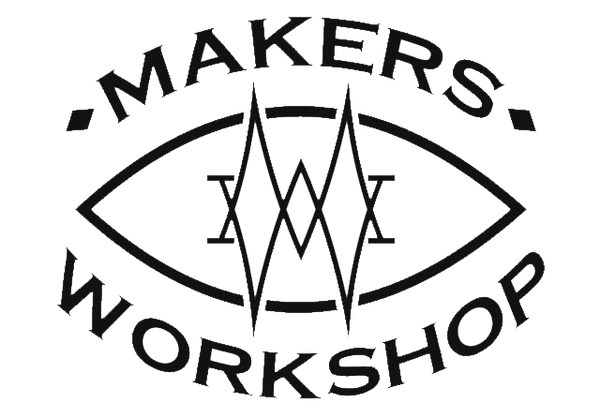When it comes to precision cutting and shaping of materials, the CNC router is a powerful tool that has revolutionized the manufacturing industry. But what exactly is a CNC router and how does it work? In this blog post, we will explore the ins and outs of this remarkable machine.
What is a CNC Router?
A CNC router, short for Computer Numerical Control router, is a computer-controlled cutting machine. It utilizes a rotating cutting tool to remove material from a workpiece, resulting in precise and intricate cuts. The machine's movements are guided by a computer program, which controls the router's motors and axes.
How Does a CNC Router Work?
At its core, a CNC router operates by following a set of instructions programmed into its computer. These instructions, often created using CAD (Computer-Aided Design) software, define the tool's path and cutting parameters. The CNC router then translates these instructions into precise movements.
The CNC router consists of several key components:
1. Control System
The control system is the brain of the CNC router. It receives the instructions from the computer and translates them into electrical signals that control the machine's motors and actuators. This system ensures that the router moves accurately and precisely according to the programmed instructions.
2. Motors and Drives
The motors and drives are responsible for the physical movement of the CNC router. They control the router's axes, which determine the direction and depth of the cuts. The motors and drives work together to move the cutting tool along the X, Y, and Z axes, allowing for three-dimensional cutting.
3. Cutting Tool
The cutting tool is a crucial component of the CNC router. It can vary depending on the material being cut, but commonly used tools include end mills, router bits, and drills. The cutting tool is attached to the router's spindle, which rotates at high speeds to remove material from the workpiece.
4. Workpiece and Workholding
The workpiece is the material being cut or shaped by the CNC router. It can be wood, plastic, metal, or even composites. To hold the workpiece securely in place during cutting, various workholding methods are used, such as clamps, vacuum tables, or specialized fixtures.
5. CAD/CAM Software
CAD/CAM software plays a crucial role in CNC router operation. CAD software is used to design the desired shape or pattern, while CAM software converts the design into machine-readable instructions. These instructions are then sent to the CNC router's control system for execution.
Benefits of Using a CNC Router
The CNC router offers numerous advantages over traditional manual cutting methods:
1. Precision: The CNC router's computer-controlled movements ensure precise and repeatable cuts, resulting in high-quality finished products.
2. Efficiency: With automation and computer control, the CNC router can work continuously and quickly, reducing production time and increasing productivity.
3. Versatility: The CNC router can work with a wide range of materials, from wood and plastic to metals and composites, making it suitable for various industries.
4. Complexity: The CNC router can create intricate designs and complex shapes that would be challenging or impossible to achieve manually.
As technology continues to advance, CNC routers are becoming increasingly sophisticated and capable. They are transforming industries such as woodworking, signage, aerospace, and automotive manufacturing, enabling faster production, higher precision, and greater creativity.
In conclusion, a CNC router is a computer-controlled cutting machine that uses a rotating cutting tool to shape and cut materials. Its precise movements and automation make it a valuable tool in various industries. Whether you're a hobbyist or a professional, understanding how a CNC router works can open up a world of possibilities for your projects.

